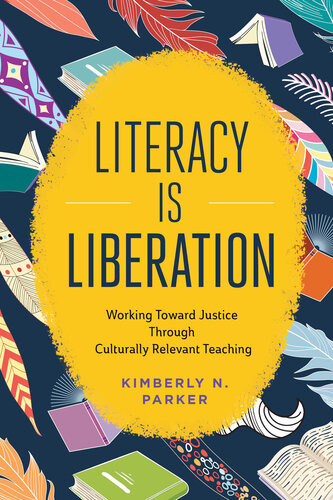

Most ebook files are in PDF format, so you can easily read them using various software such as Foxit Reader or directly on the Google Chrome browser.
Some ebook files are released by publishers in other formats such as .awz, .mobi, .epub, .fb2, etc. You may need to install specific software to read these formats on mobile/PC, such as Calibre.
Please read the tutorial at this link: https://ebookbell.com/faq
We offer FREE conversion to the popular formats you request; however, this may take some time. Therefore, right after payment, please email us, and we will try to provide the service as quickly as possible.
For some exceptional file formats or broken links (if any), please refrain from opening any disputes. Instead, email us first, and we will try to assist within a maximum of 6 hours.
EbookBell Team

4.8
34 reviewsLiteracy is the foundation for all learning and must be accessible to all students. This fundamental truth is where Kimberly Parker begins to explore how culturally relevant teaching can help students work toward justice. Her goal is to make the literacy classroom a place where students can safely talk about key issues, move to dismantle inequities, and collaborate with one another. Introducing diverse texts is an essential part of the journey, but teachers must also be equipped with culturally relevant pedagogy to improve literacy instruction for all.
In Literacy Is Liberation, Parker gives teachers the tools to build culturally relevant intentional literacy communities (CRILCs) with students. Through CRILCs, teachers can better shape their literacy instruction by
* Reflecting on the connections between behaviors, beliefs, and racial identity.
* Identifying the characteristics of culturally relevant literacy instruction and grounding their practice within a strengths-based framework.
* Curating a culturally inclusive library of core texts, choice reading, and personal reading, and teaching inclusive texts with confidence.
* Developing strategies to respond to roadblocks for students, administrators, and teachers.
* Building curriculum that can foster critical conversations between students about difficult subjects—including race.
In a culturally relevant classroom, it is important for students and teachers to get to know one another, be vulnerable, heal, and do the hard work to help everyone become a literacy high achiever. Through the practices in this book, teachers can create the more inclusive, representative, and equitable classroom environment that all students deserve.